
Jaguar D-Type replica for sale
By Dean Larson
Photos: Seller, Craigslist
Designed with a lightweight monocoque body and a slippery aerodynamic profile, it’s quite clear that the Jaguar D-Type was bred for racing. But a look back in the pages of Jaguar’s racing history shows that’s the other way around — the D-Type was in fact bred by racing.
Its predecessor, the C-Type (1951-1953), had served Jaguar well, by taking top finishes at the 1951 and ’53 Le Mans 24-Hour races including two first place finishes. Even so, Jaguar was keen to improve the C-Type, and its bright engineers would focus on shedding weight and improving aerodynamics once again in the D-Type.
Specifically, there was a focus on decreasing the car’s frontal area to lesson drag. The long Mulsanne Straight had given Jaguar problems with the C-Type, especially in 1952, and so a slender aerodynamic profile would be a crucial aspect of the D-Type’s design.
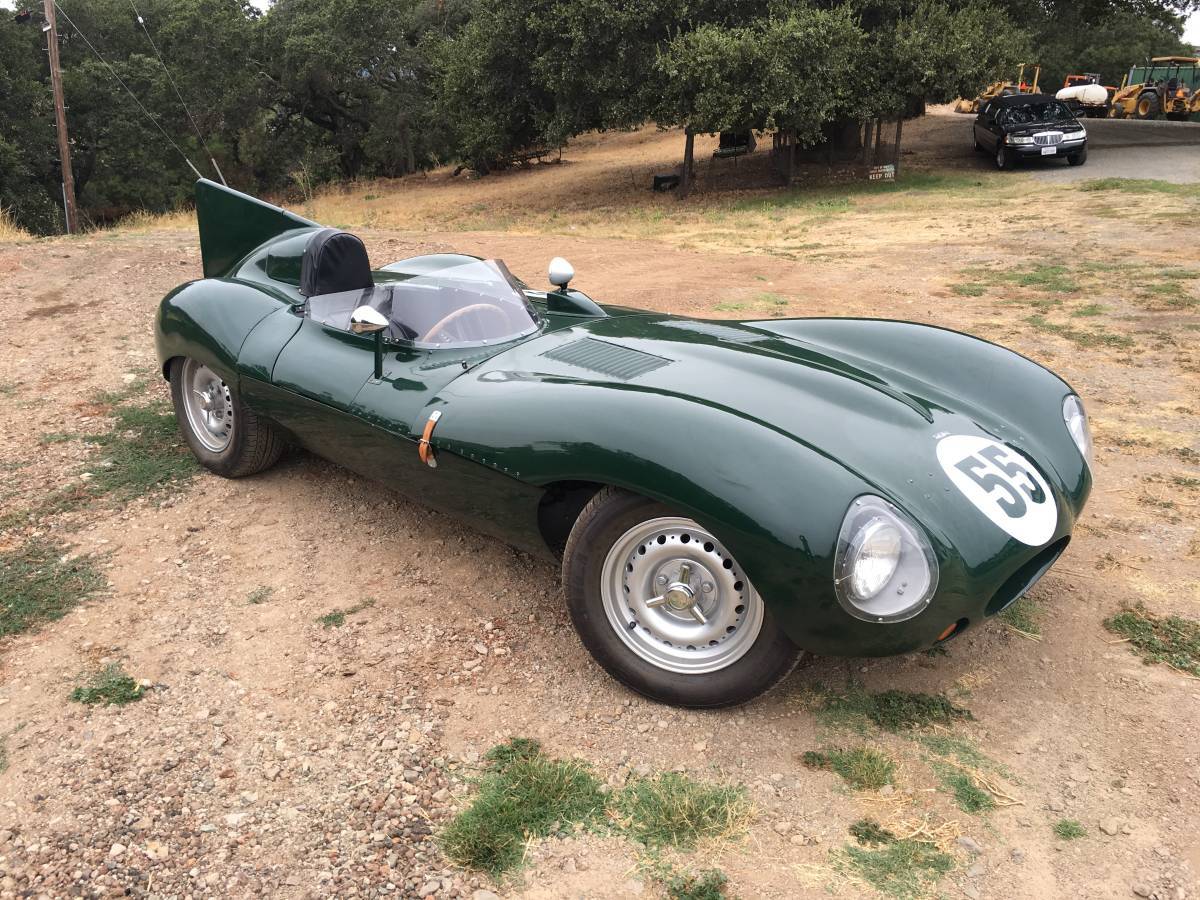
Going back to the drawing board, Jag tossed out the C-Type’s full triangulated, tubular frame in favor of a new aluminum monocoque chassis. They borrowed heavily from aircraft design of the day, but applying this technology to cars was truly innovative, and largely thanks to Technical Director and Chief Engineer William Heynes.
Front and rear bulkheads were then attached to the monocoque to mount the engine, axles and suspension. Slim aerodynamic bodywork designed by Malcolm Sayer, also borrowed heavily from aviation design. Most notably, the D-Type features a long fin behind the driver to increase aerodynamic stability.
Most of the mechanicals were carried over from the C-Type, including the 3.4-liter, twin-cam straight-six initially. But Jaguar’s engineers made some crucial modifications in the interest of minimizing its overall height. The design specified dry-sump lubrication, and an 8.5-degree cant to the engine to help it fit under the low-profile bonnet, features also credited to Heynes.
Understandably so, examples of the 71 original D-Types and 16 road-going XKSS roadsters rarely come up for sale and are quite pricey. Expect originals to sell for anywhere between $7 million and $15 million depending on prominence and venue. While far more affordable than the originals, Jaguar D-Type replicas are not a common sight, and this example on San Fancisco Bay area Craigslist is an interesting, early build from the late 1960s.
The seller reports that this D-Type was actually constructed in England, likely around 1968, since plaques on the dash indicate race history in the U.S. from ’68 to ’71. It’s powered by a Jaguar 4.2-liter XKE engine with triple carburetors, and a four-speed manual transmission sends power to a 1963 Jaguar rear. The chassis features four-wheel disc brakes and independent suspension, and the car is reported to run and drive well.
Bodywork is fiberglass, and appears to emulate the short-nose D-Type. British Racing Green paintwork and correct wheels provide the right finishing touches for any D-Type fan.
But what about the price? That’s a tough call, as the values on D-Type replicas are all over the place, but we’d say this car is priced too high at $175,000. Looking for other D-Type replicas for sale, you’ll find a handful of fiberglass-bodied cars for cheap, we’re talking $40,000 to $80,000. Once you get around $200,000, you start to see more aluminum-bodied cars, and there are two Rod Tempero-built examples on Hemmings right now.
See the D-Type here on San Francisco Bay Craigslist.

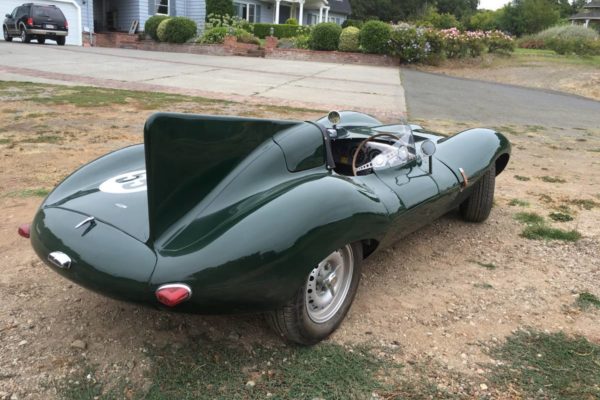
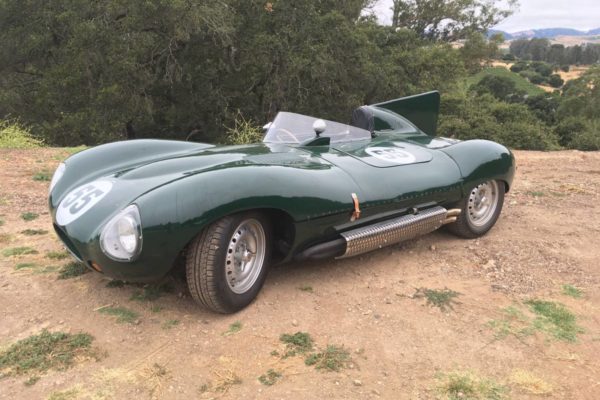
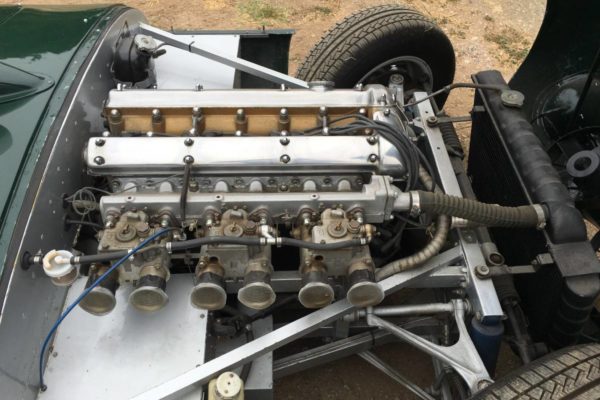
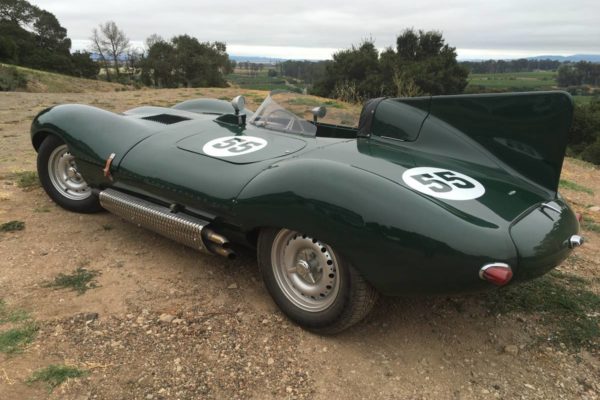
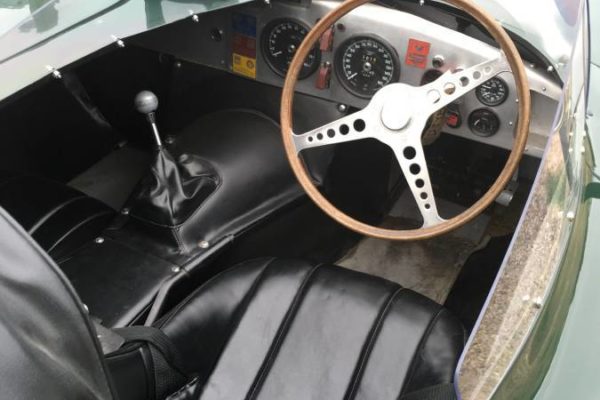
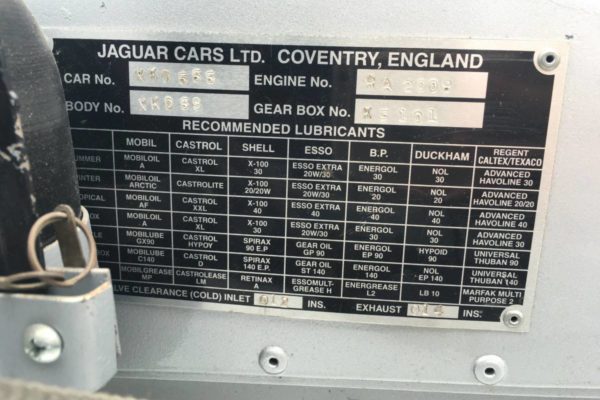

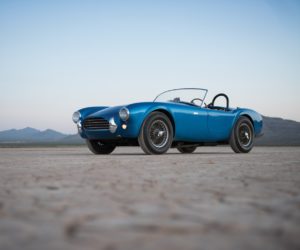
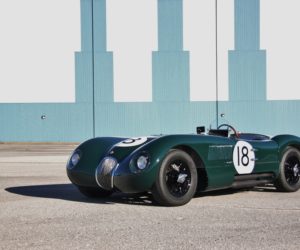
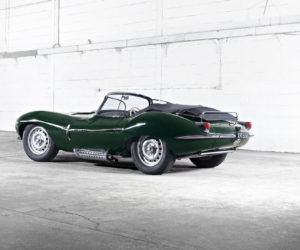
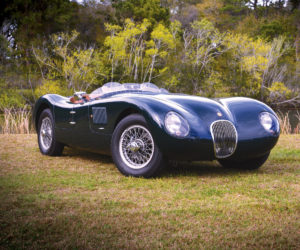
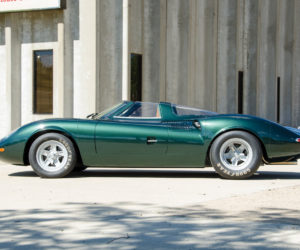
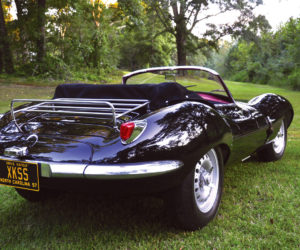




Comments for: English-Made Jaguar D-Type Replica
comments powered by Disqus